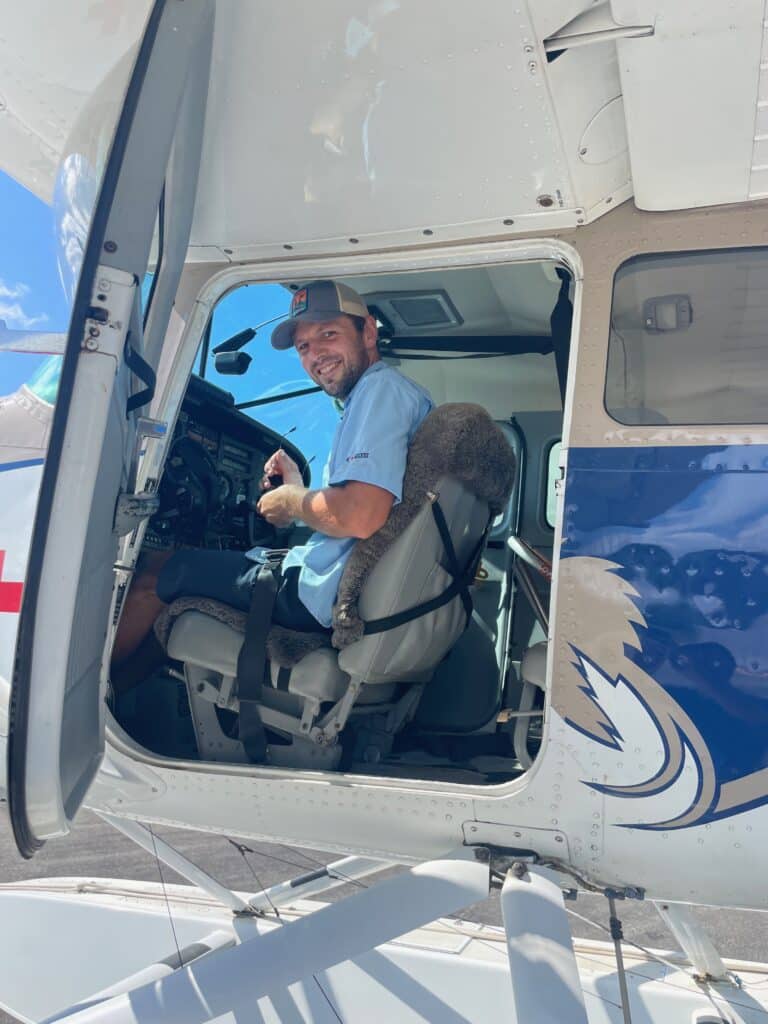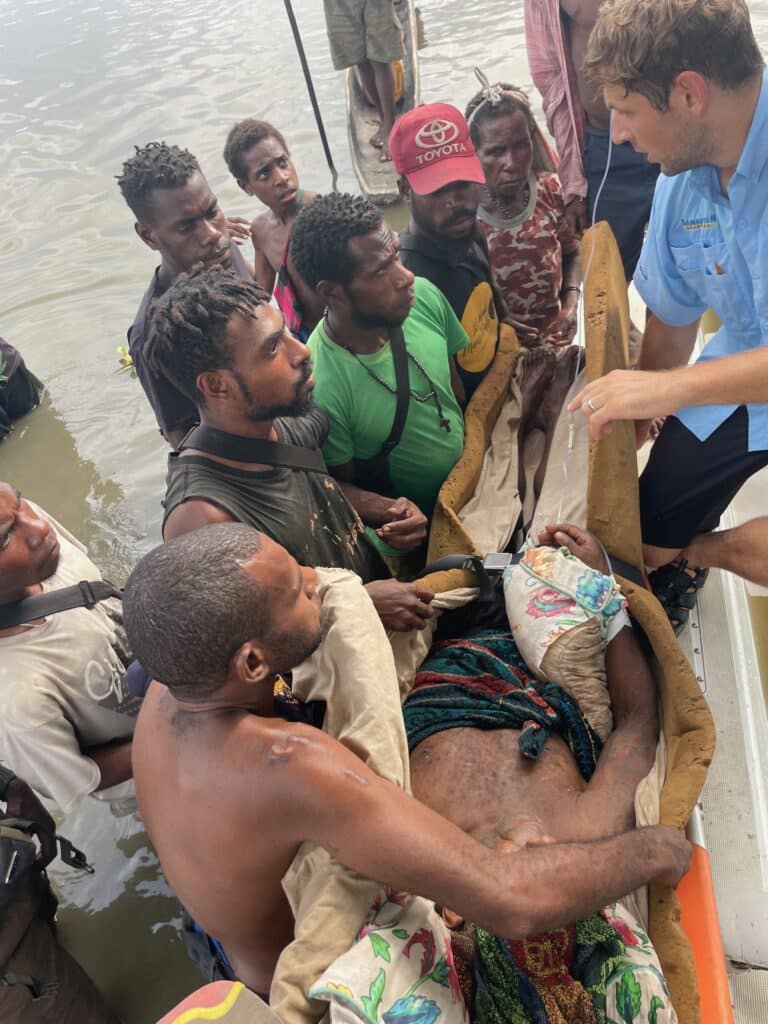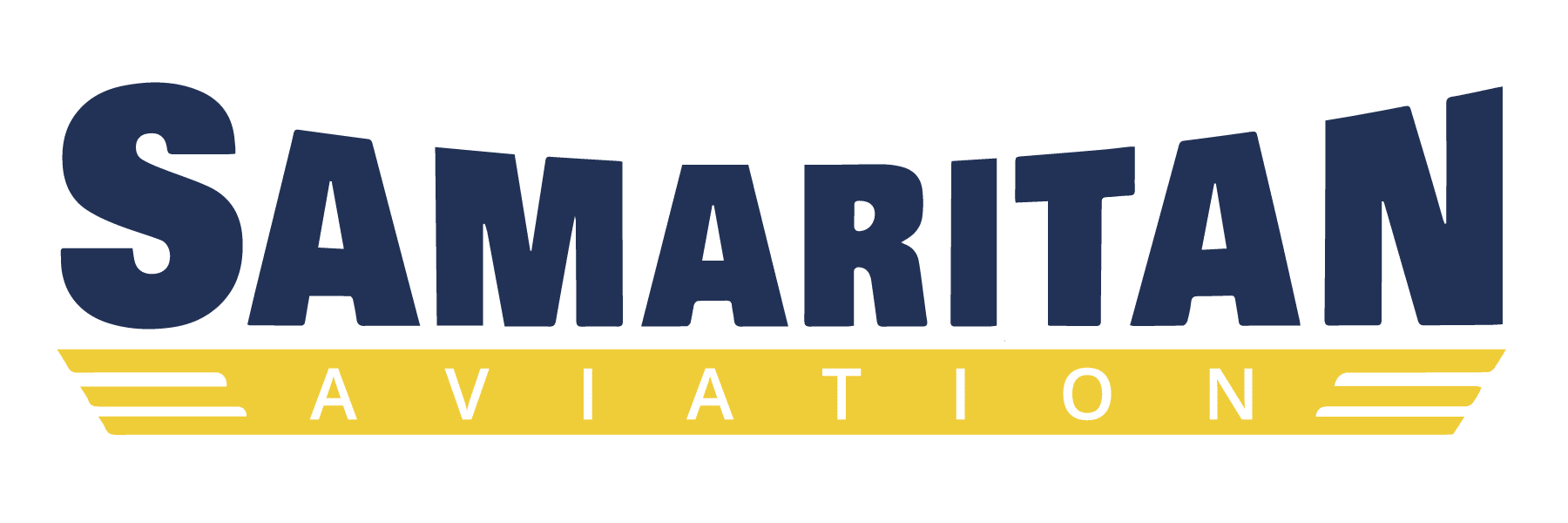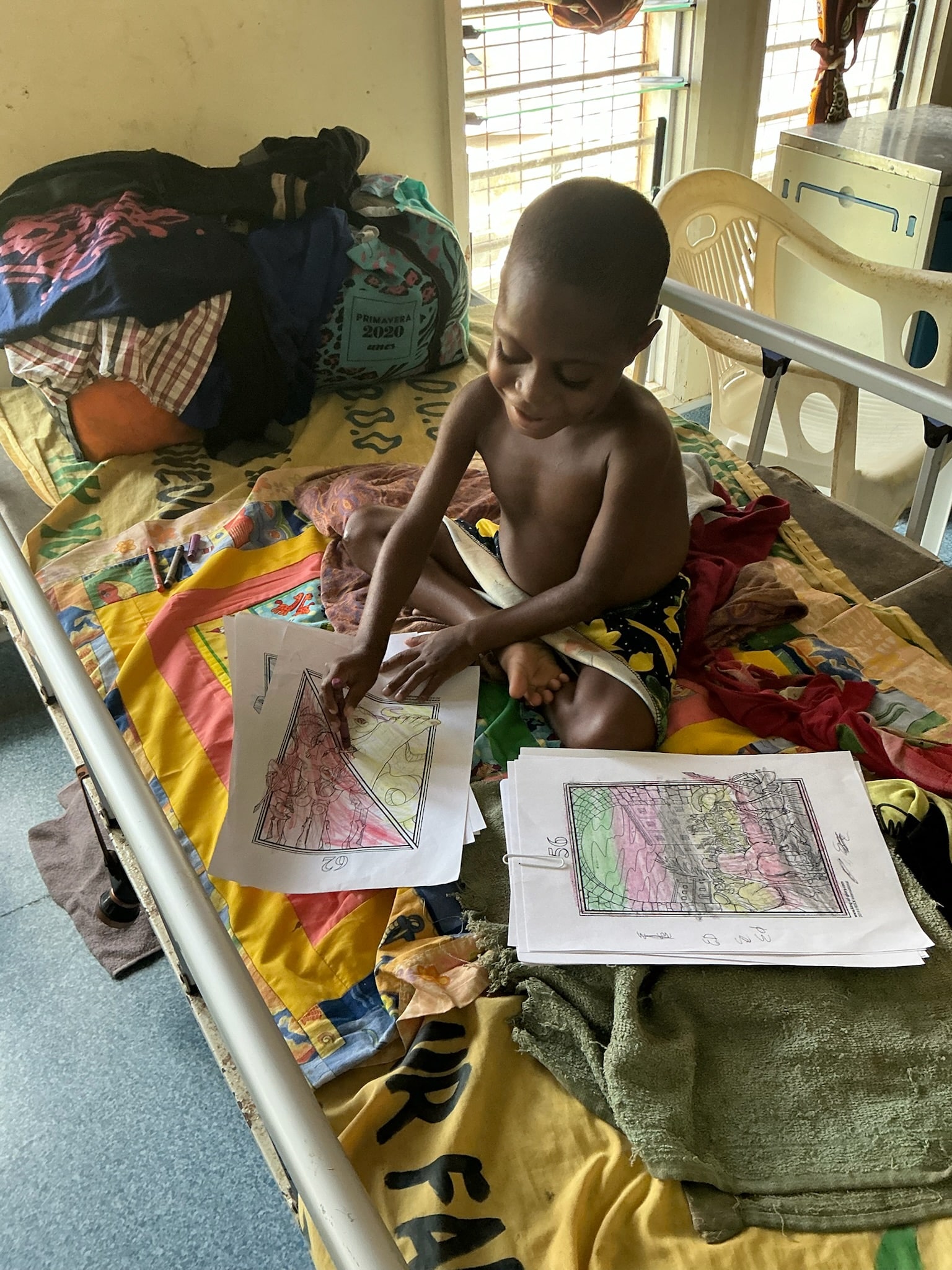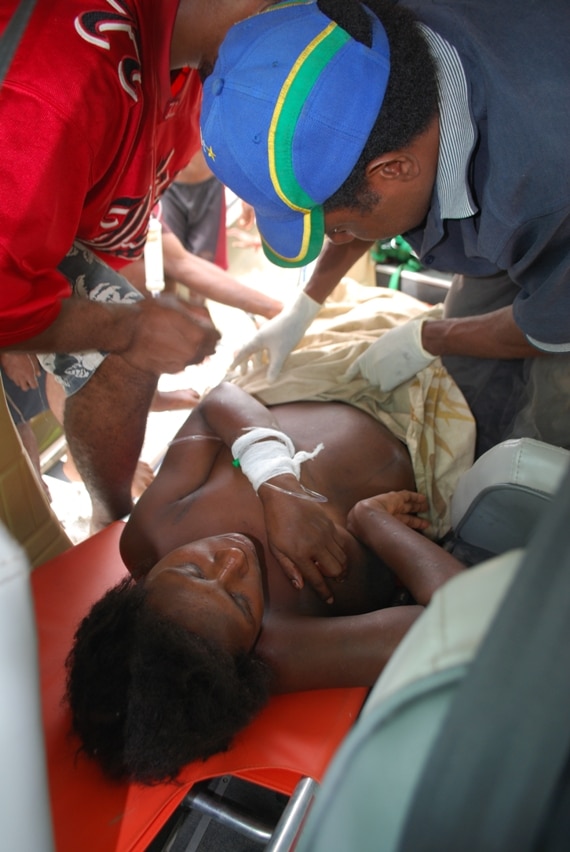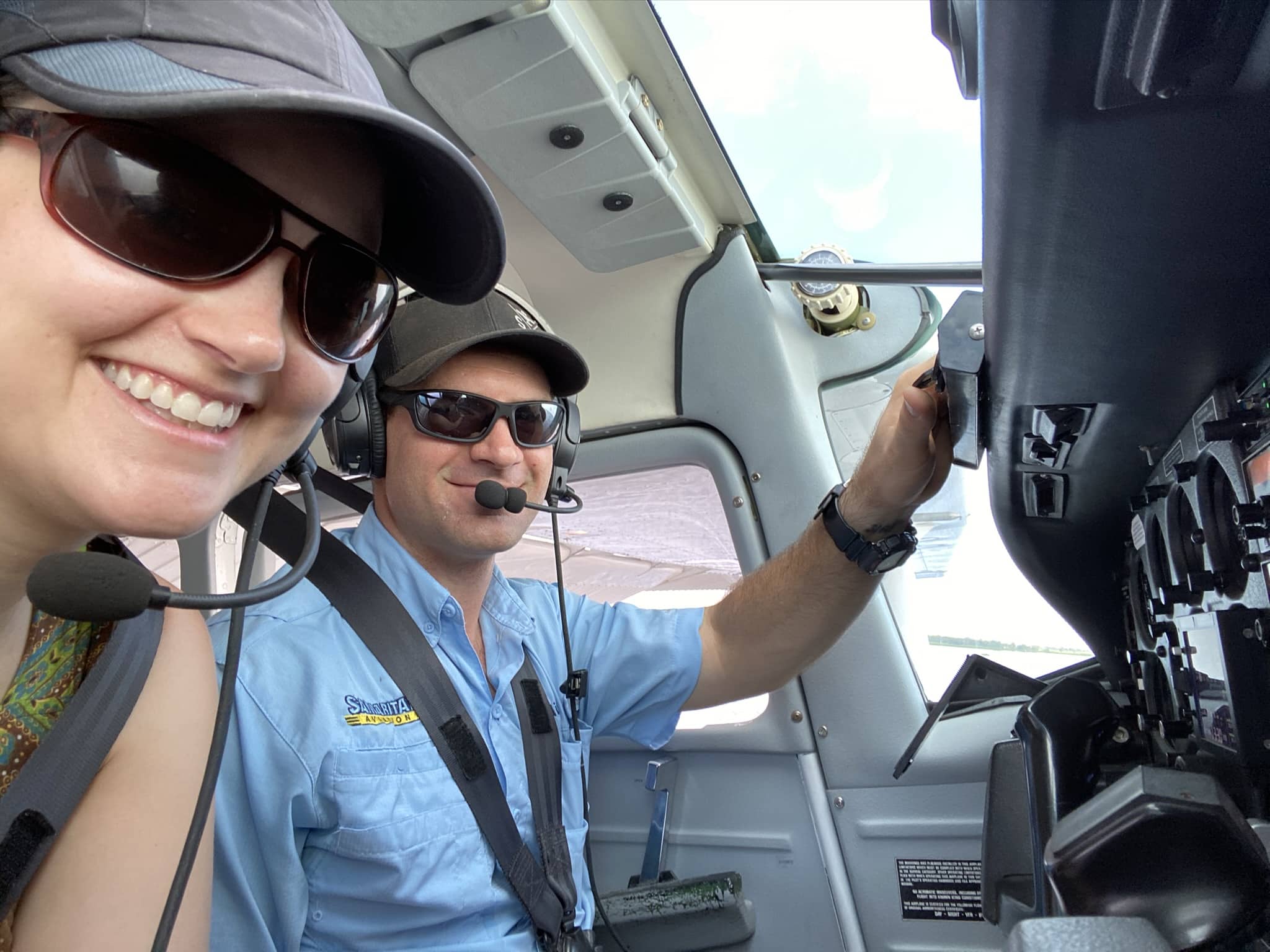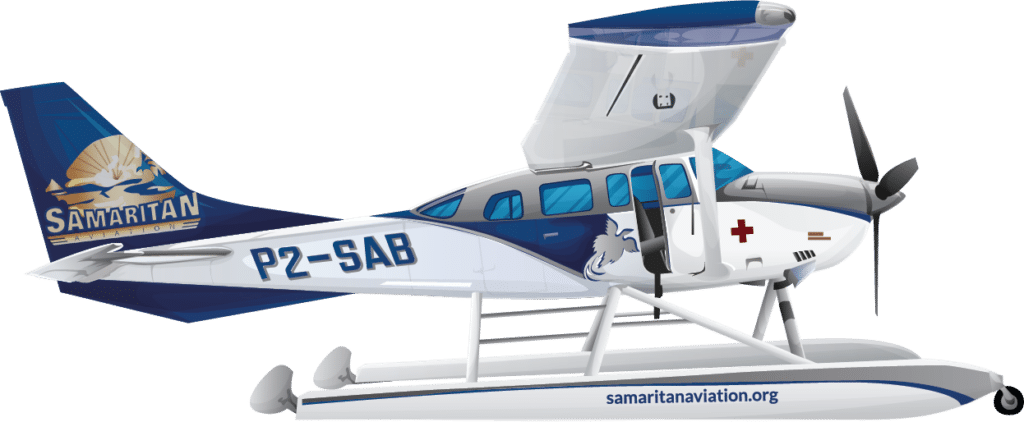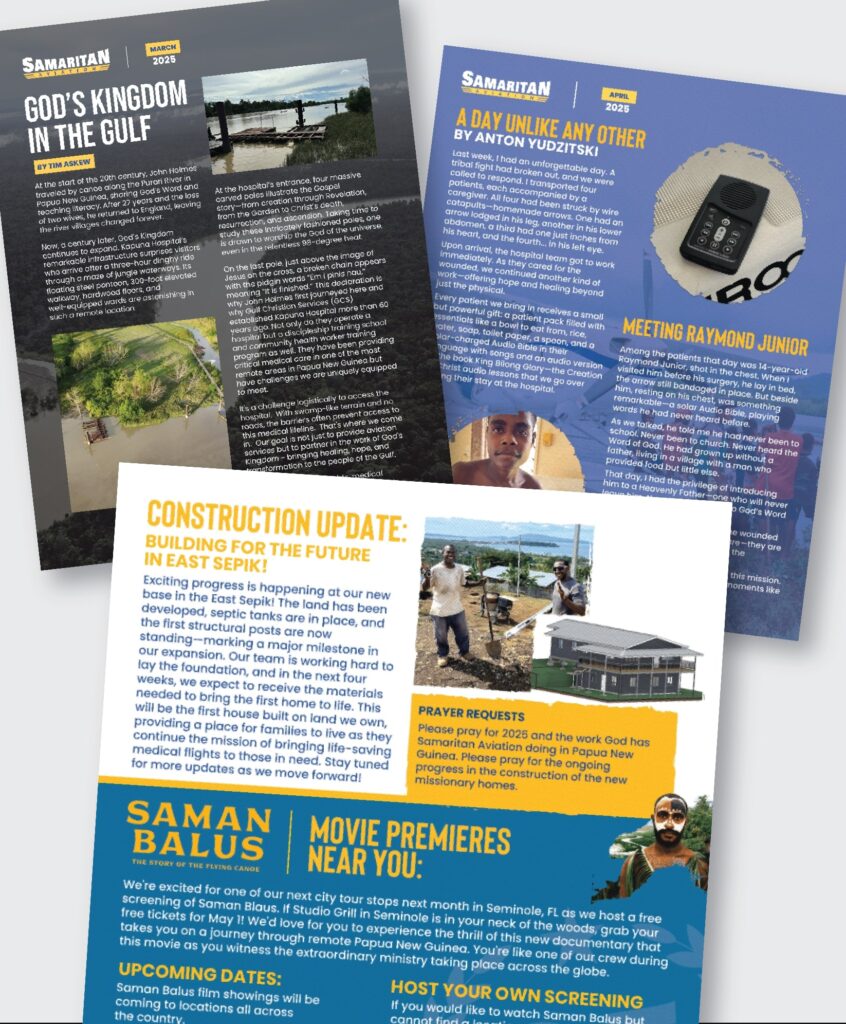BY LUKE HAMER, chief pilot
At Samaritan Aviation, our mission to bring the hope of the Gospel to remote hospitals begins long before we reach a patient’s bedside. Serving the people along Papua New Guinea’s Sepik River takes preparation. In our Aviation Department, we need both a plane and a pilot ready. One without the other, and we’re grounded. A pilot without a plane is just a pedestrian, and a plane without a pilot? That only makes our insurance carrier happy.
When both are ready, it’s game on. But getting there takes time.
Every pilot’s first life flight is powerful, but rarely seen are the years of preparation behind it. Training, certification, language learning, and countless small yeses pave the way to that moment. And God is in all of it.
Anton and Mary Yudzitski began their journey toward missions aviation in 2016 before they’d even heard of Papua New Guinea. By 2020, Anton had completed his biblical and flight training and was logging flight hours, waiting on God for the next step. In 2021, a devotional from Samaritan founder Mark Palm at the School of Missionary Aviation Technology lit a spark. The Yudzitskis said yes.
They arrived in PNG in April 2024. But stepping onto PNG soil wasn’t the finish line—it was the launchpad.
Next came language learning, written flight tests, a medical exam, and intense floatplane training. At Samaritan, pilots must fly solo missions, land on rivers, load patients in intense heat, pray for them, and lift off again, all with skill and precision. There’s no margin for error. As I say to my pilots: what goes up must come down…but it better be able to go back up again.
In December 2024, Anton’s moment came. Training complete and checkride passed, he climbed into the floatplane alone for his first solo emergency flight in PNG. He was ready. The plane was ready. And his patient? We’re pretty sure they were grateful for that.
